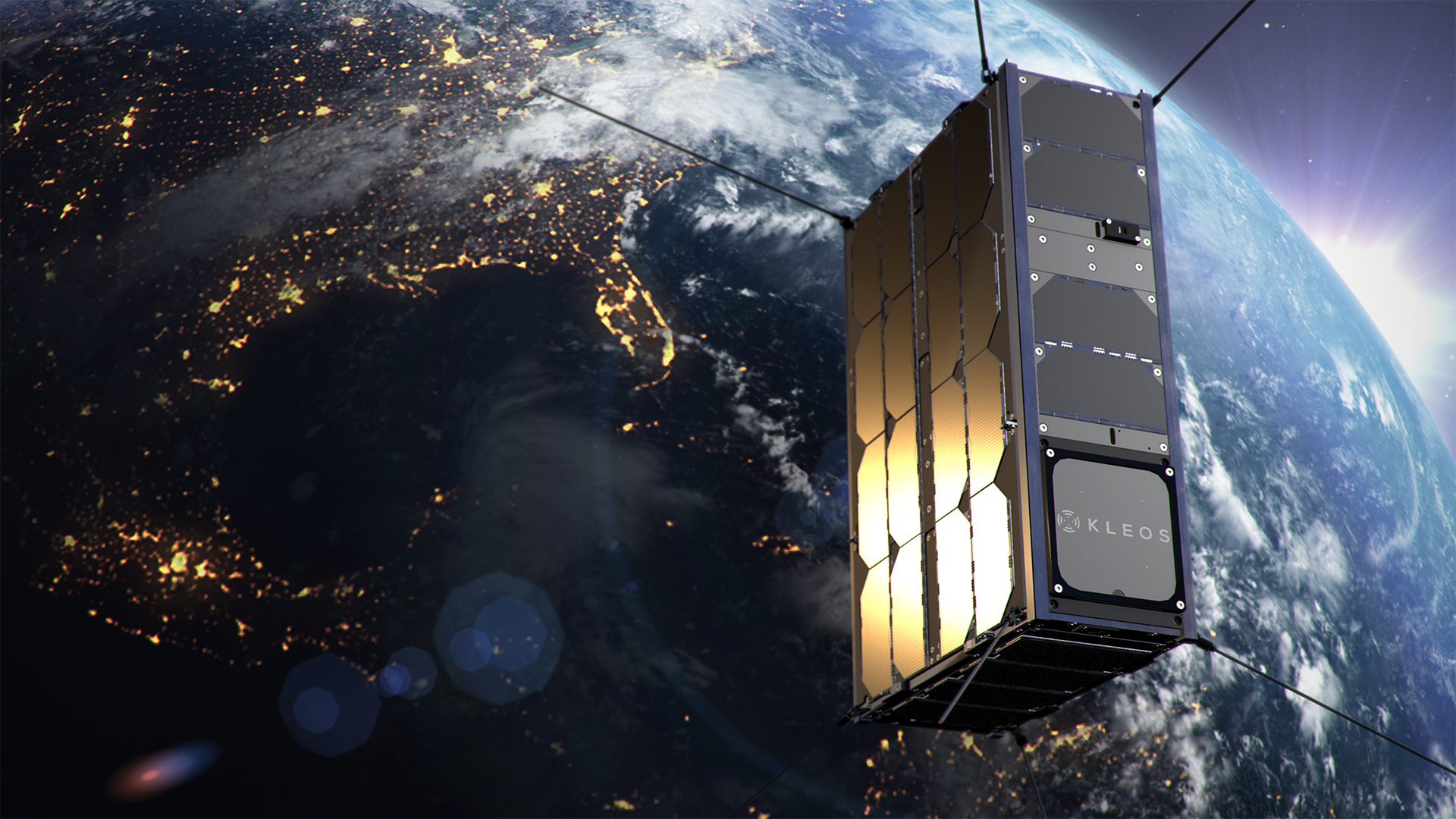
Kleos Space S.A. (ASX: KSS, Frankfurt: KS1,) a company that offers pace-powered, Radio Frequency Reconnaissance, data-as-a-service (DaaS) company, has now confirmed their second satellite cluster, the Polar Vigilance Mission (KSF1), has successfully completed a hardware critical design review milestone for a launch mid-year onboard a SpaceX Falcon 9.

Satellite developer ISISPACE, conducted the design progress in the Netherlands. Passing this milestone ensures that these mission satellites can enter the assembly and verification phase. This stage leads to final integration, testing and delivery of the satellites for launch.

Artistic rendering of the 6U cubesat platform, courtesy of Kleos Space.
The KSF1 Polar Vigilance Mission satellites are scheduled for a mid-2021 launch onboard a SpaceX Falcon 9,under a rideshare contract with Spaceflight Inc. The satellites will be Kleos Space S.A.- 26 and will be launched into a 500 to 600 km SSO, complementing Kleos’ Scouting Mission 37° orbit, which successfully launched in early November of 2020 and those satellites are in the commission and test phase.
Kleos’ satellites will detect and geolocate radio frequency transmissions to provide global activity-based intelligence, enhancing the intelligence, surveillance and reconnaissance (ISR) capabilities of governments and commercial entities when tracking systems are defeated, imagery unclear or targets out of patrol range.
Kleos Space CEO Andy Bowyer said, “We are excited to be progressing our second satellite cluster with ISISPACE – a leader in the small satellite market. Entering the assembly and verification phase of the satellites is a crucial developmental milestone and ensures we are on schedule to launch in mid-2021. The KSF1 satellite cluster will complement our Scouting Mission satellites, increasing the value of our geolocation maritime intelligence data.”

ISISPACE’s CEO Jeroen Rotteveel stated, “We are pleased to design and build this second satellite cluster for Kleos, to be completed on a fast-track schedule made possible by building on our extensive nanosatellite expertise and heritage. Despite the challenging timeline due to the current global situation, we are keen to enter this next crucial phase of satellite assembly and validation and bringing our design to reality.”

